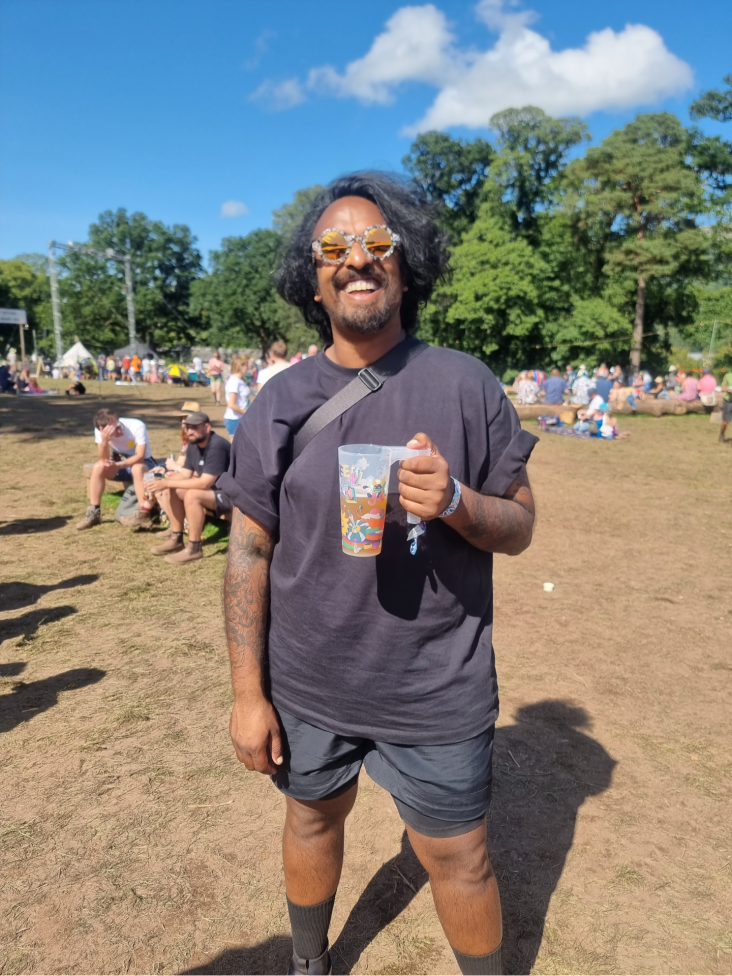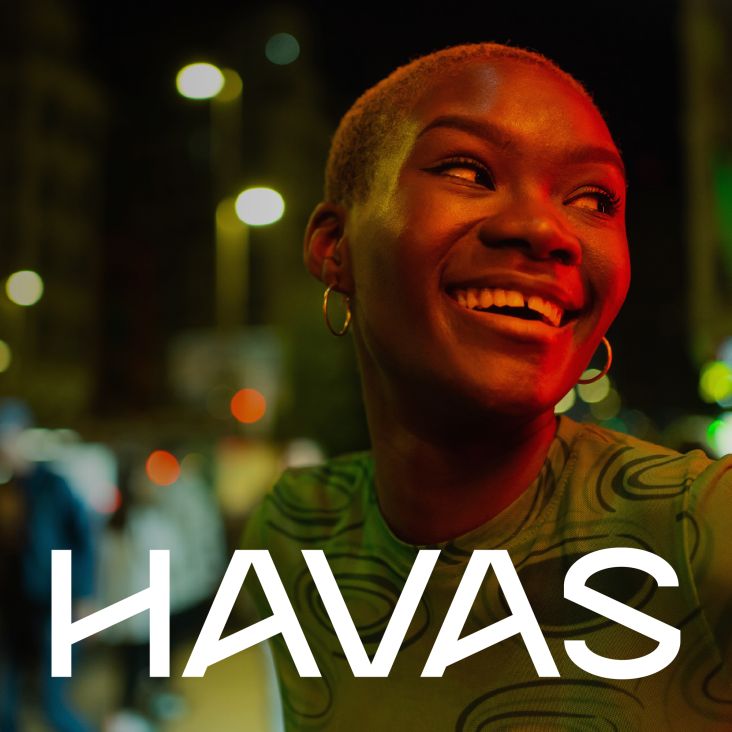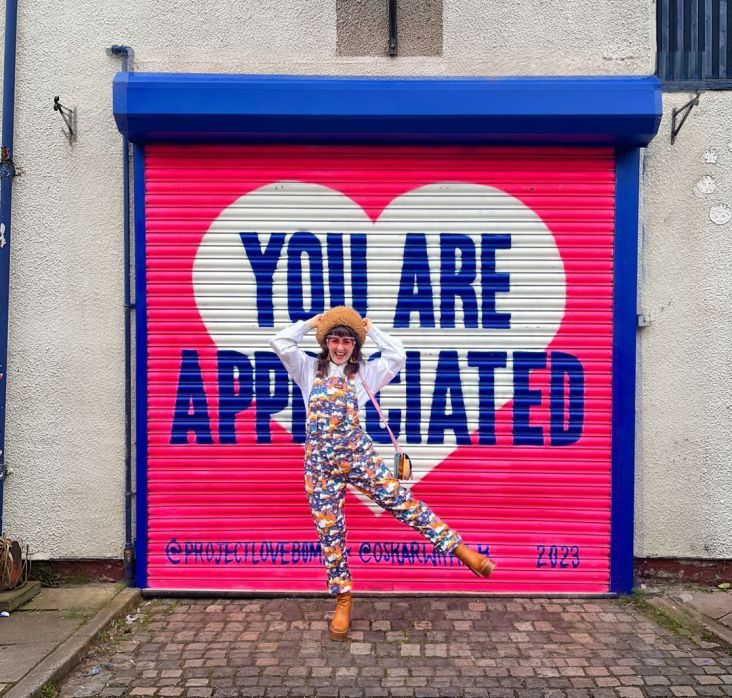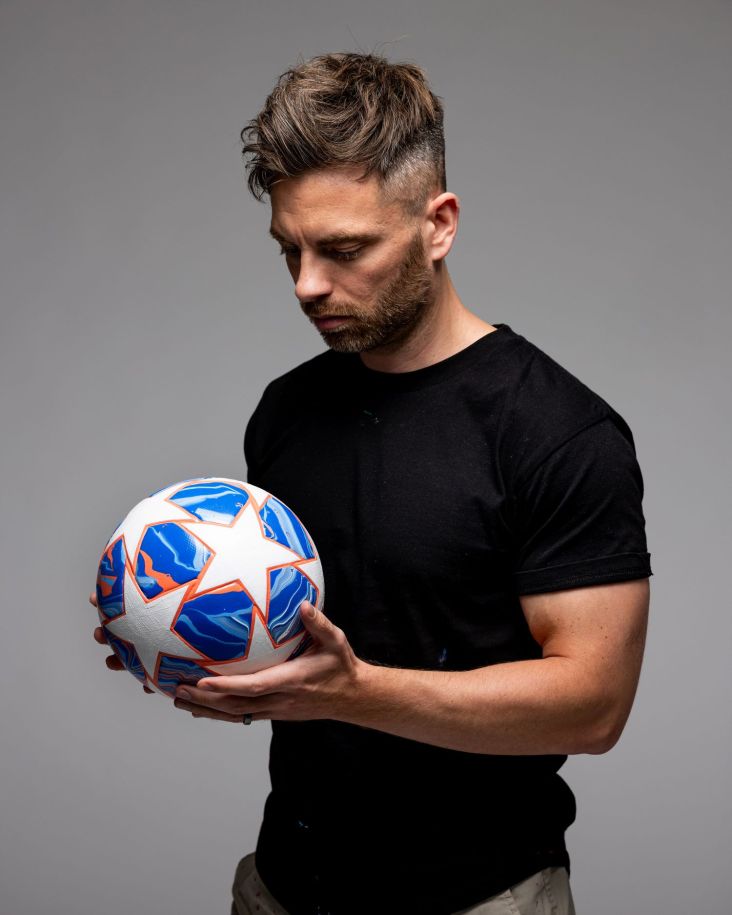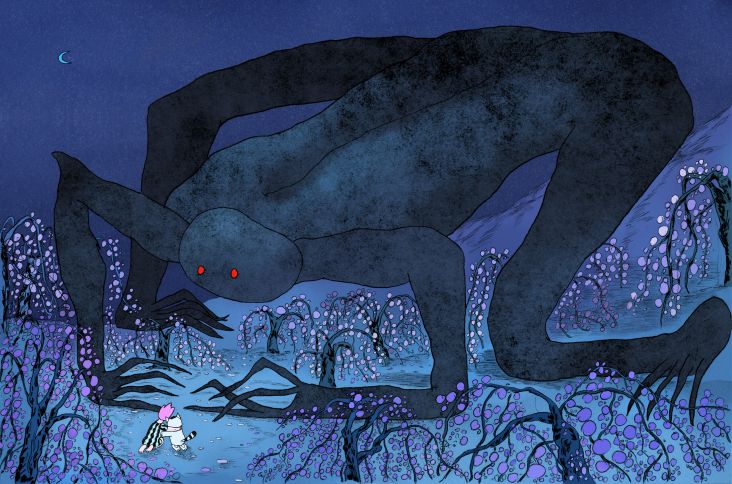Carlos Miranda on how an engineering background made him the illustrator he is today
New York-based illustrator Carlos Miranda specialises in creating vibrant, trippy artworks that tap into the imagery from his subconscious. We caught up with him to learn more about his work and how a background in engineering set him up for a career in illustration.
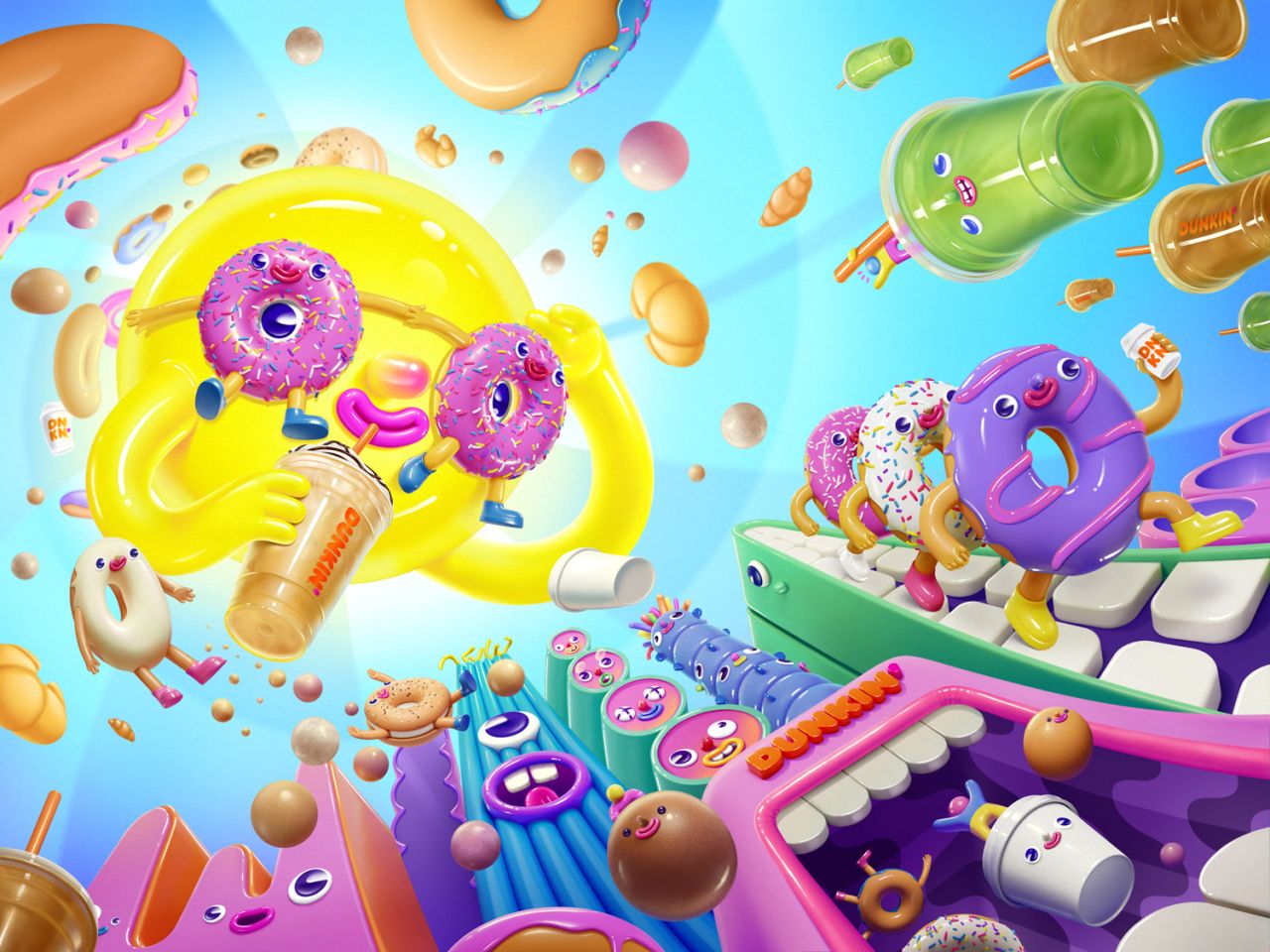
Carlos Miranda's career as an illustrator has hit the ground running. Last year, while still in his junior year of college at the New York Fashion Institute, he received a request to illustrate several murals for Klondike's centennial celebrations. Representing a big challenge creatively and logistically, Carlos rose to the occasion, balanced his commission with his college work, and gave him a taste of working life as an illustrator.
"It was also fulfilling for me to see my work around the city and across the country; I always dreamed of something like that," he tells Creative Boom. Recent projects include cover illustrations, editorial work and animation for The Washington Post. "It's been very exciting for me to work doing what I love. I always made art for fun, and I never imagined I could turn it into a career," he adds.
Carlos's surprise may come as something of a surprise to viewers. His work is bold and colourful and displays a true mastery of his craft. Perhaps his background in engineering set out different expectations for the Venezuelan illustrator, although even then, he argues that the two skills feed into each other.
"A lot of illustration has to do with creative problem solving, and engineering is all about finding solutions to complex problems," he explains. "I think a great deal of my engineering background has allowed me to become the artist I am today. It's helped me figure out ways to make my illustrations more dynamic and to think outside the box when I'm coming up with ideas."
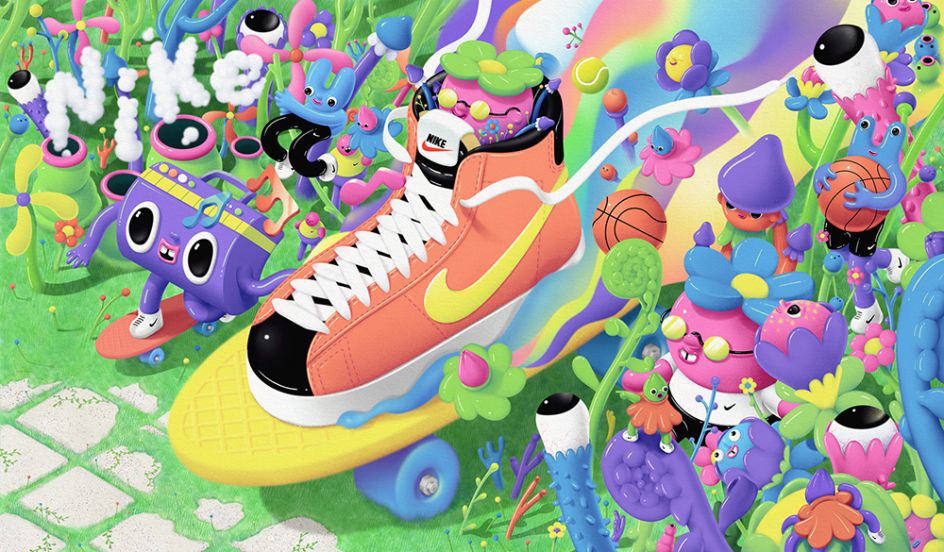
By allowing himself to imagine subjects from different perspectives, Carlos says he can use logic when composing and developing his pieces. This has also made it easier for him to pick up skills across 3D modelling and animation. It's not a new commonality either, as he points out that even during the Renaissance, many artistic breakthroughs came from mathematical sources.
"Engineering has helped me to develop the mathematical side of my brain that I never knew I needed. I'm constantly trying to figure out ways in which I can successfully bring my ideas to life and how I can continue improving and evolving my voice. I think the quality of work I produce today wouldn't be the same without that."
Inspired by the likes of Björk, Gerrit Rietveld, Le Corbusier, Steve Reich, Mondrian, Salvador Dali, Keith Haring, and Andy Warhol, Carlos freely admits that he takes his cues from disruptive trailblazers. "They are pioneers in what they do or did; they broke the rules and created something new, and more than the art itself, it's also important for me to learn about their creative process and figure out how or why they got there, all of them have taught me a lot," he adds.
This attitude bleeds into how Carlos makes his work, with experimentation being a driving influence behind his illustrations. Outside of his artistic and engineering influences, he keeps his eyes and mind open to the world around him. "I grab inspiration from organic shapes that I find in nature or textures that occur in manufactured things over time through erosion," he says.
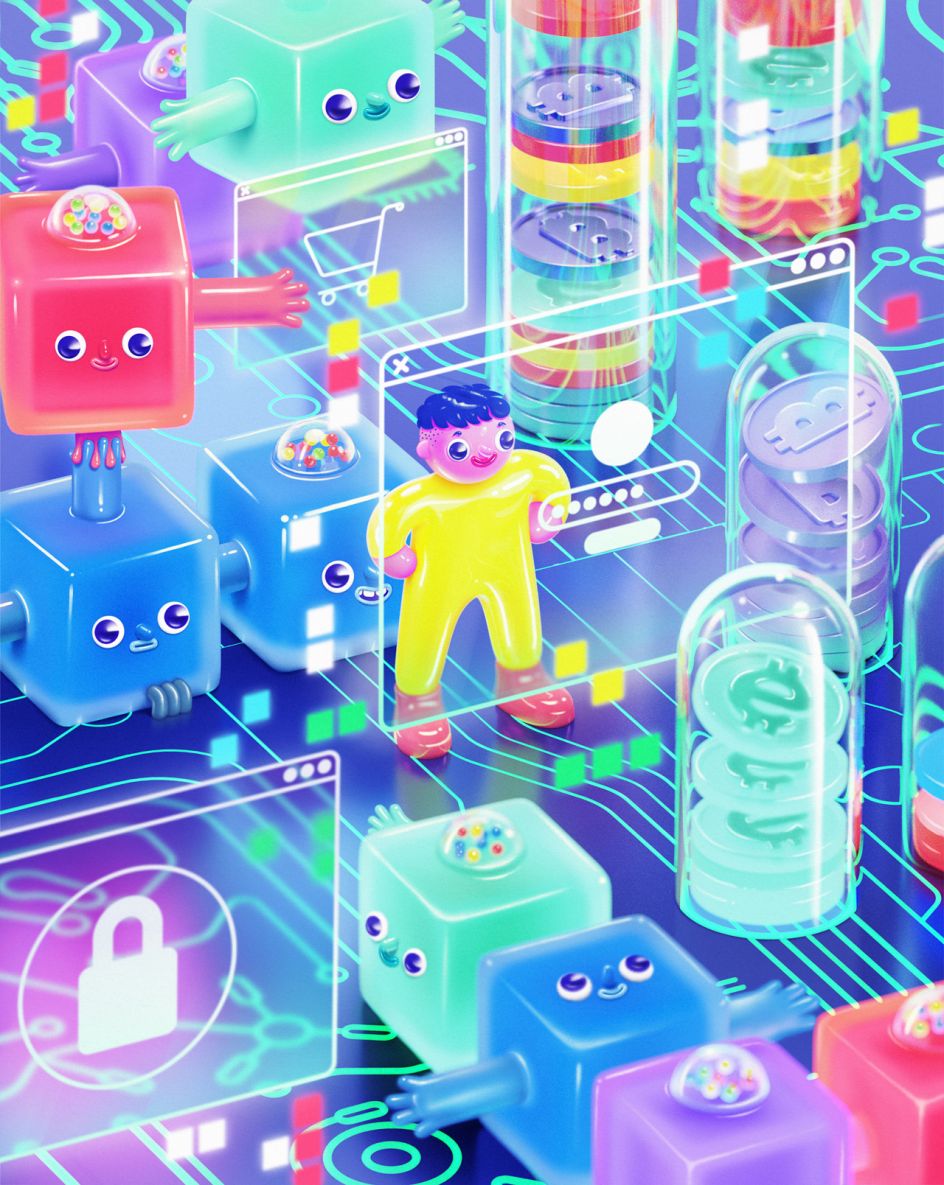
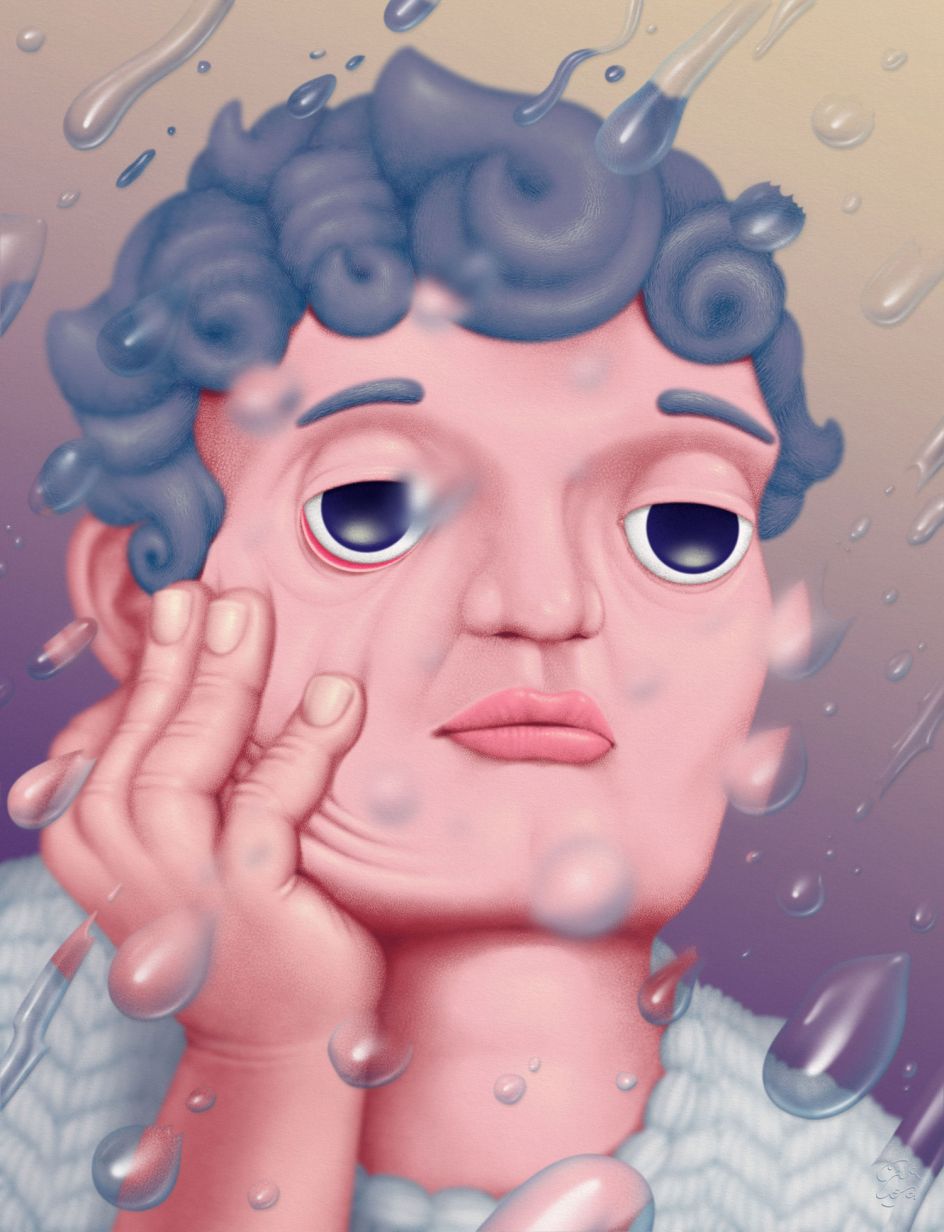
"For example, I recently found a crumpled-up pamphlet in a pocket of one of my pants that I took out of the drier in the laundromat. When I stretched it out, I saw this really nice and strange crackling occurring in the paper due to the washing and drying process. I began to think of ways to use this texture and tried to find a purpose for it because I really liked it.
"I scanned it at a very high resolution so I could really zoom in and get as much texture as possible. I incorporated this textured pattern as shapes around the background of one of my ongoing paintings. It helped to bring the saturation and brightness up due to the interaction of colours around it."
Another example of experimentation can be found in Carlos's 3D and animation work. As a self-taught 3D artist, Carlos is keen to keep on learning and evolving his voice on his own terms. "I've found ways to incorporate 2D animations into my 3D artworks, or sometimes I find it more useful to illustrate certain things in Photoshop and incorporate them in my 3D creations," he says.
Alternatively, Carlos creates a whole series of illustrations in Blender and then brings them into Photoshop to finalise them. "It all depends on the project, the purpose and the ideas that spark in my head," he says.
"I think one of the reasons why I find 3D useful is because of my illustration style; by experimenting with merging 2D illustration with 3D modelling and animation, I get to create something that unifies my art. Sometimes, it's hard for other people to determine if what I made was drawn and animated in 2D or if it was created using 3D. I like to create that sort of confusion."
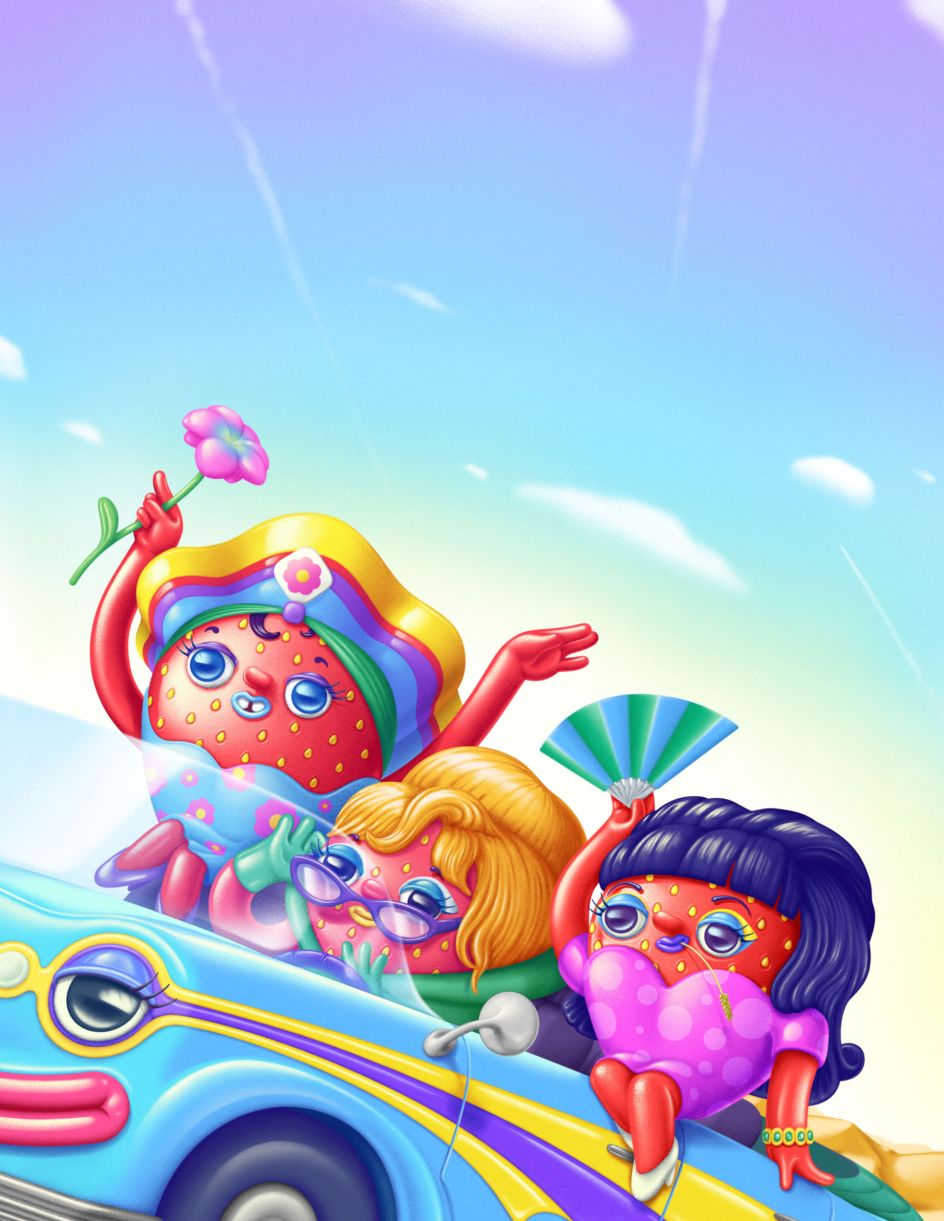
As for his own enjoyment, Carlos loves designing characters and creating worlds for them to live in. Conceptual illustration is another personal highlight and is a big reason behind his choice to pursue editorial assignments.
"I enjoy painting as well because there is a unique quality in what I make directly with my hands," he adds. "I think the concepts I have for my paintings are more abstract and open for interpretation. I can easily separate my painting ideas from something that would work better as a digital illustration. I have so many character designs and other ideas that I'd like to bring to life through sculpture, and I hope to start creating in that medium very soon."
Delving into his subconscious is another core foundation of Carlos's creative approach, and by doing so, he hopes to tap into and bring out his inner child. "I remember those times when I was a kid and how happy I was; the days felt very long, and I'd be playing with my toys all day long," he reveals.
"One of my dreams as a kid was to make cartoons like the ones I used to love watching on Cartoon Network, and that's when I began learning to draw. I think my subconscious plays a big part in my artwork, and art itself has become a way in which I can summon that kid inside of me and bring those feelings back.
"A lot of the things that I create are inspired by the cartoons I grew up watching, the toys I was surrounded by, the colours that generated certain feelings in me, or things I saw that made me wonder. I often think about Joan Miro and Salvador Dali; both of their art processes required tapping into their childhood memories and their subconscious by exploring their dreams and meditative states of mind.
"I feel like I can relate to them because I do that as well; some of my ideas come from moments when I'm right about to fall asleep, right after waking up or when I'm meditating."
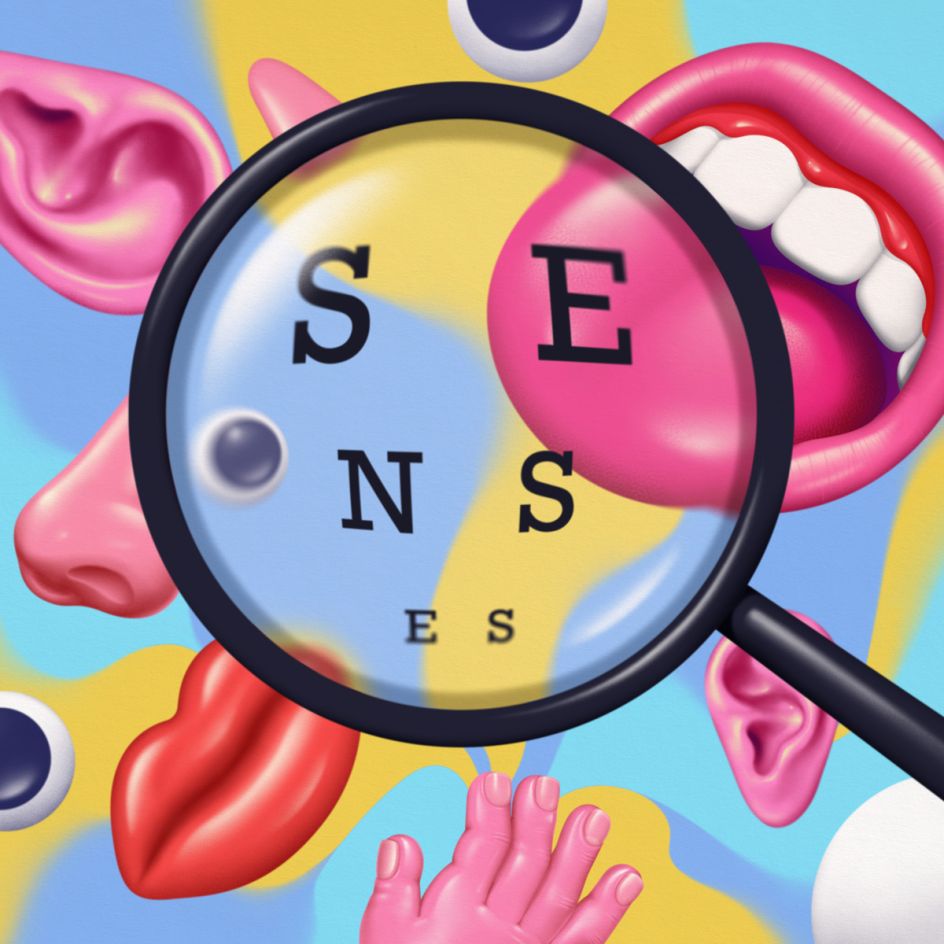
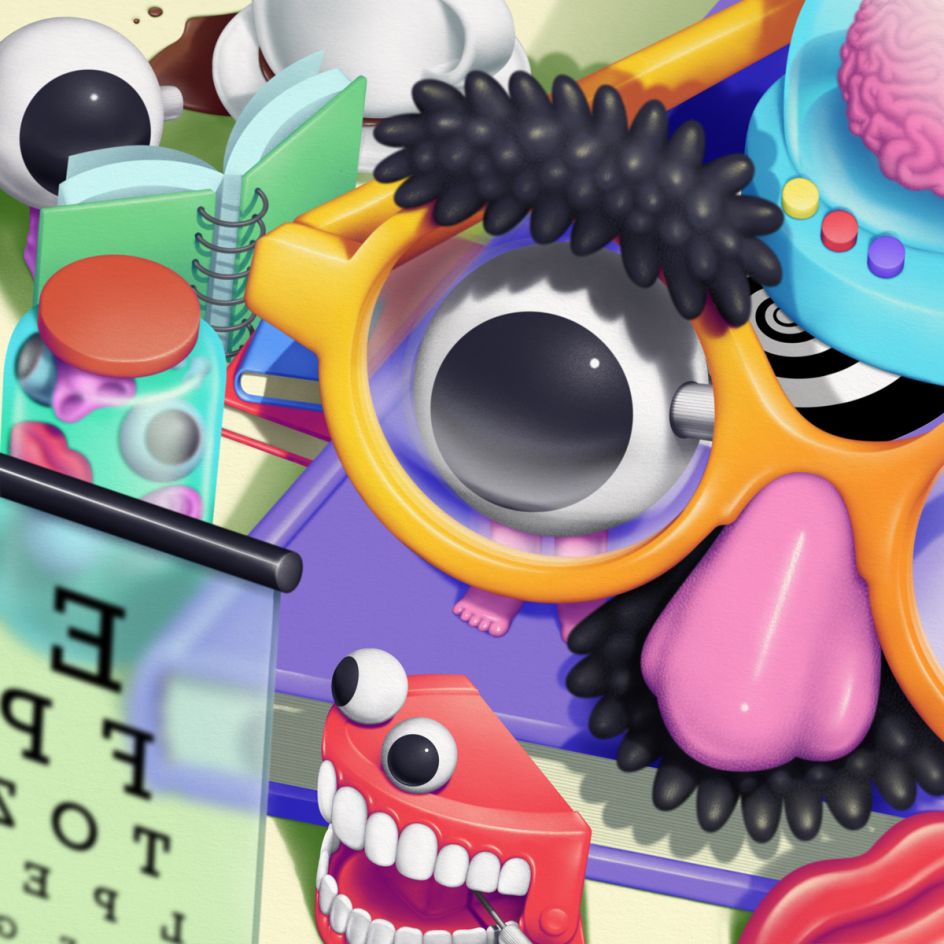
Capturing these evocative colours and feelings from his childhood was no mean feat for Carlos, and in the beginning, he found it hard and frustrating to find the right balance. "The way I think about colour changed completely when I was introduced to Josef Albers," he says.
"I studied colours in depth by going through his book Interaction of Colour. I realised that it's not about how many colours I use or how saturated or bright they are but how I incorporate them when composing a piece. By juxtaposing shapes and colours in certain ways, I can create visual illusions. A lot of my art process has to do with this interaction of colour."
Out of all his work, Carlos struggles to pick a specific piece he's most proud of, as he is always looking for room for improvement. However, he does have a soft spot for his Gummy Chips illustration created alongside KAWS. "It was a dream come true to be mentored by one my favourite artists," he says.
"I'm also proud of Motherhood, a 30in x 40in painting I completed recently. I like the colours I used, and I decided to go more loose with the painting technique for that one."
Carlos is currently working on hush-hush commercial illustration projects and a 3D animation that explores the theme of life balance. "I'm also working on a series of paintings, and I keep going back and forth between all my projects," he concludes. "It's good to take breaks from looking at one piece for too long."









](https://www.creativeboom.com/upload/articles/86/862919952c0ad18439004228895a431dc6e45ffc_732.jpg)




